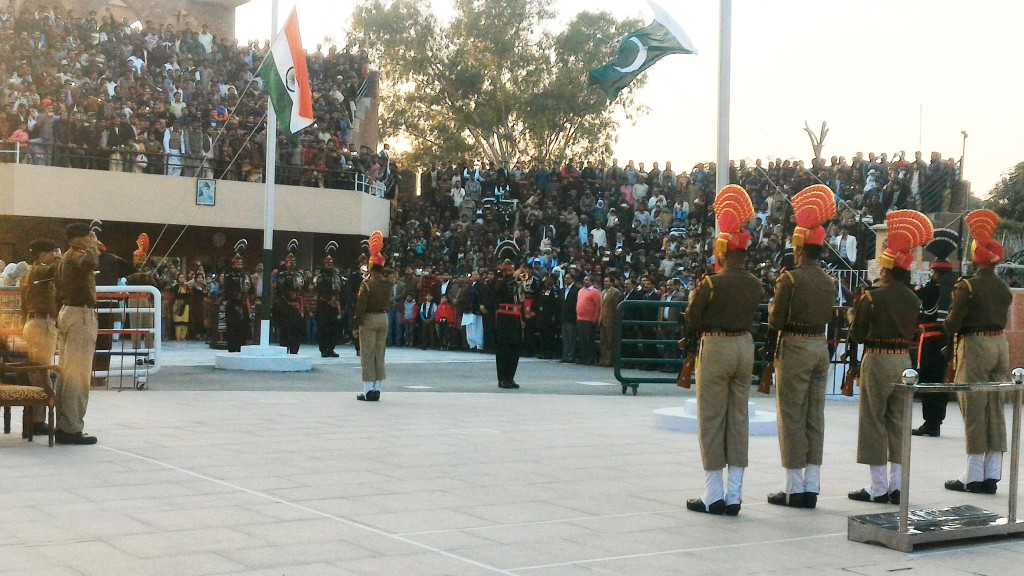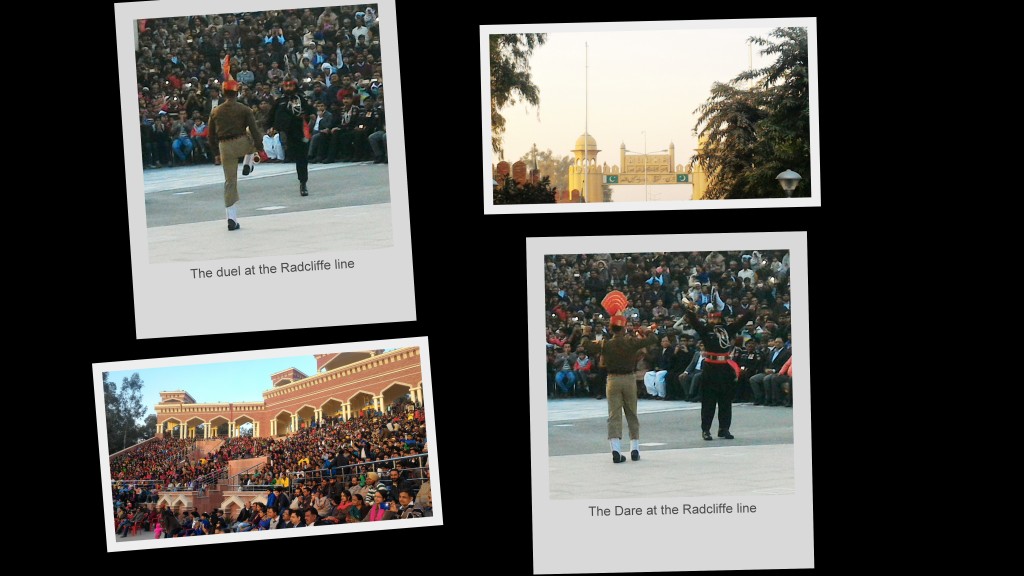Once upon a time humans roamed freely on the planet. Then with the advent of agriculture, they started occupying the land exclusively for their own use. With the food and riches being generated, it led to forceful occupation of other people’s lands. One such occupation was the British Raj over the Indian Peninsula. The common method to rule huge foreign lands is to have natives fight and compete with each other over any trivial aspect may it be ethnicity, language, religion or any other such stupidity. The British were the masters of the game and India being a diverse country was ripe for its people to fight and thus enabled British to successfully rule for many a centuries. One such fight was on the basis of religion. Now God may be One, but its people are certainly not, or so it seems. Whether it is being taught to them or they end up believing it depends upon how they benefit from it.
When the time came for the rulers to leave, the British and the local power centers decided to draw a line to divide the land. The divide was based on which God the man inhabiting the land chose to worship. An old British Indian Empire map from the The Imperial Gazetteer of India, Oxford University Press, 1909 approximates the current International boundary between India, Pakistan and Bangladesh the three modern children of British Indian Empire, born in August 1947.
![John George Bartholomew [Public domain], via Wikimedia Commons The Imperial Gazetteer of India, Oxford University Press, 1909](http://foodienomads.com/wp-content/uploads/2016/01/Brit_IndianEmpireReligions3-1024x839.jpg)
- Prevailing Religions : British Indian Empire 1909
The responsibility of drawing the line landed on Cyril John Radcliffe’s shoulder. Radcliffe destroyed all the papers and data used while creating the line and to his credit the man seemed to be genuinely perturbed by the mayhem the line created with the largest exchange of populations of either side on it leading to mass murders. Nonetheless the Radcliffe line was drawn and is held sacrosanct by the Indian and Pakistan people. Numerous men(aka standing armies of two nuclear weapon nations equipped to the teeth) from both sides have the sole mission of their life to prevent anyone from crossing over the line.
Nowhere the line can be seen more clearly than at Hussainwala. A small village at the bank of Sutlej named after Peer Baba Hussainiwala ji is the point where the line passes through. What used to be the cross over point for the people and culture to freely pass through is now one of the most heavily guarded places on earth and has seen many a battle royale.
A flag lowering ceremony is still held every evening where citizens of both the nations participate in jingoism daily. The setting is perfect, amphitheater on both sides of the line with the respective citizens cheering their soldiers and taking the nationalistic fervor sky high. The actual ceremony happens at a small distance and thus becomes a much more intimate affair than its over hyped cousin at the Wagah border. The ceremony has all the bells and whistles to entertain the crowds of both the nations with the customary dares and duels between the soldiers.
At the end of it all, everybody has a good time. How I wish that all such lines are erased from the surface, and people can again choose to go where they like. For now however, they can’t cross the line and would have to go back to whichever side of the line they have found themselves to seemingly worship the god that waits for them on their side. As a silver lining to the whole affair, I spotted the soldiers exchanging sweets at the end of the ceremony, a very nice gesture given the hostilities at hand. Make no mistake about the bonhomie though as this is one of the most dangerous places on the planet.


Leave a Reply